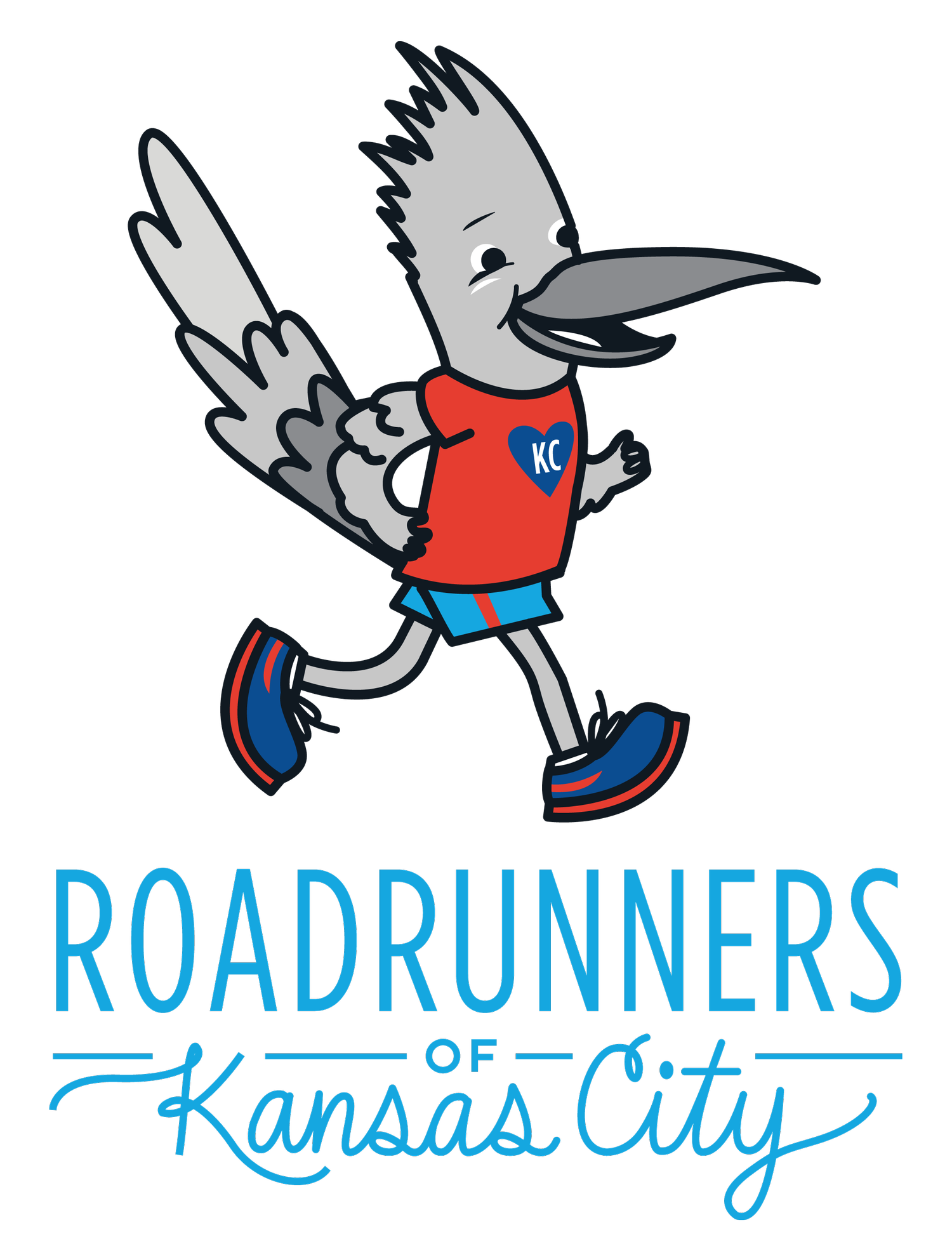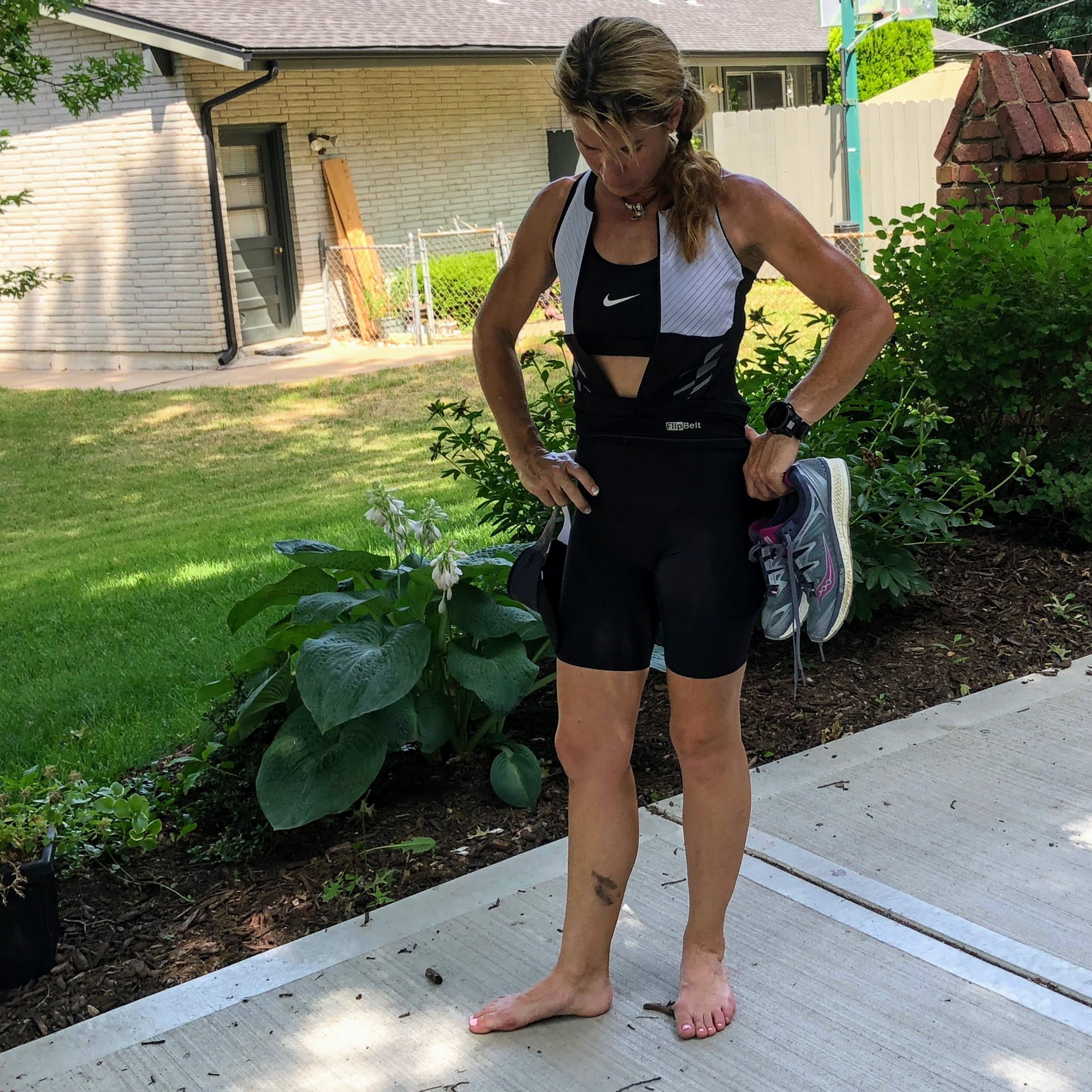When Reality Stings, Put a Smile on Your Face.
/The results are back, and the reality stings. The MRI report confirms what I suspected: a ligament rupture on the bottom of my foot (plantar aponeurosis) and torn ankle ligaments. Unfortunately, these issues are much more significant than I had hoped. The rupture is complete, rendering the ligament on the bottom of my foot useless for walking and running. The ankle ligament tears are full-thickness, which means they no longer support my ankle when I run, jump or hop.
There are two ways to process this information, and it depends on which hat I have on my head; The Physical Therapist Hat or the Patient Hat. As a patient, this is disheartening news and makes my stomach sick. Thankfully my professional experience and knowledge hastened my navigation through the early stages of grief into acceptance.
The first stage of grief is to deny it and look for a second opinion, which I know is futile. The MRI images and their connection to my presentation are irrefutable. Ignoring the problem could lead to injury of the knee and hip and potentially lead to a fracture.
The second stage is to be angry at me for my choices. Check. The third stage is to bargain or negotiate - "If only I had...or maybe if I do this.." But I did that in real-time when I was training and racing (see my blog post, The Case of Runner’s Brain). I knew the risks, and I took them anyway, so it is useless to look back now.
Stages four and five are depression and acceptance. I guess I will fluctuate back and forth between these two. Today I accept it; tomorrow, I may fall back and wallow in self-pity, which isn't a bad thing as long as I don't get stuck there.
If I remove the patient hat and look solely at the facts, I can prescribe a course of action. In medicine, we treat the patient, not the images. The images tell part of the story. They can provide critical pieces to the puzzle. In my case, these puzzle pieces fit with the symptoms and presentation: weakness, instability, and lack of a windlass mechanism. Essentially it means that my foot is biomechanically deficient in walking and running. You can learn more about this in my CoachAmyPT blog post, Respect you Plantar Fascia or Else!
Because my orthopedic doctor knows I am a physical therapist that specializes in running, he asked me, "so without normal biomechanics at the foot and ligaments that no longer provide support, what do you think we should do?" I like this because he gives me some control over my healthcare and outcomes, but I know he would have corrected me if I had given him the wrong answer. Fortunately, he agreed with my prescription: physical therapy to restore balance and strength and outside help in the form of braces and orthotics.
I'm confident this plan will enable me to achieve my goal to run safely and competently for a long time to come. I know that the road to rehabilitation is long and challenging, with many hills and crevices, but I accept it with realistic expectations. And as I encourage my patients to do, I will look for the silver lining in this process and imagine the worst-case scenario. The silver lining for me is two-fold. My personal experience with injury always makes me a more empathic physical therapist and running coach, and I'm learning to find joy in other sports like swimming and strength training.
The worst-case scenario is that I will never be able to run again. That is a scary thought for me. Running is my mental health escape, my muse, a social outlet, and my favorite way to maintain cardiovascular health (not to mention it keeps my booty in shape). But sometimes, imagining and accepting the worst-case scenario can help decrease fear and anxiety of that very thing. So, I will ask myself, "What will you do if you can never run again?" I'll get back to you on that, but in the meantime, I'll put a smile on my face.


